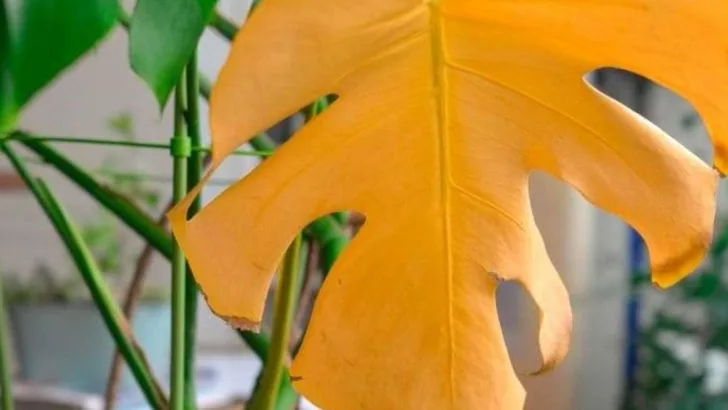Your garden is always communicating — not with words, but with subtle signs. Yellowing leaves, curling stems, or even a lack of pollinators aren’t random problems; they’re your plants trying to tell you something. The issue is, most gardeners are so focused on watering and weeding that they overlook these quiet distress signals.
Ignoring these messages can lead to bigger problems down the line: stunted growth, pest invasions, even total plant loss. But once you learn how to interpret your garden’s nonverbal cues, everything changes. Suddenly, that droopy basil or that silent flower bed makes perfect sense.
In this article, we’ll explore 9 common signs your garden may be giving you — and what they really mean. Listen closely, and you’ll become a more intuitive, responsive, and successful gardener almost overnight.
Browning Leaves

The sight of browning leaves can be disheartening. Often an indicator of water-related stress, these leaves might be pleading for more hydration or signaling over-watering. Observing the pattern and location of the browning can offer valuable clues. Roots might be suffocating due to waterlogged soil, or they could be thirsting for moisture. Either way, the plant is communicating its discomfort. Addressing watering habits could save the plant. Adjusting your watering schedule based on weather conditions and soil moisture levels can alleviate this problem.
Wilting Plants
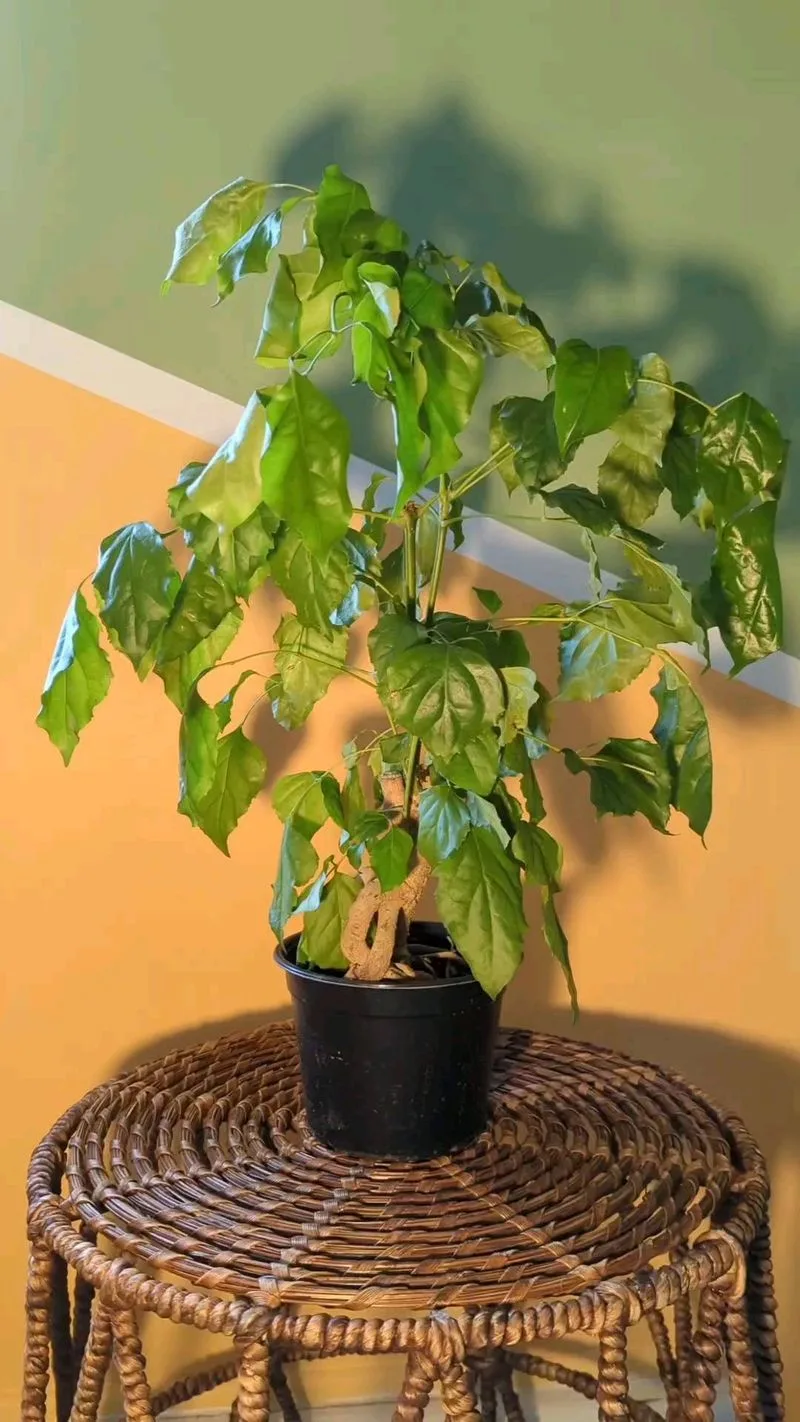
Wilting plants often scream for attention, a desperate plea for hydration or relief from excessive sun. This condition is not always about thirst; sometimes it’s a defense mechanism against heat stress. Early morning or late evening watering helps reduce wilting. However, understanding the root cause is crucial. Avoiding water during peak sunlight hours is preferable. Placement might also be an issue; consider shading plants that suffer from too much sun. Monitoring weather patterns and adjusting plant care accordingly can prevent recurring wilting issues.
Yellowing Foliage
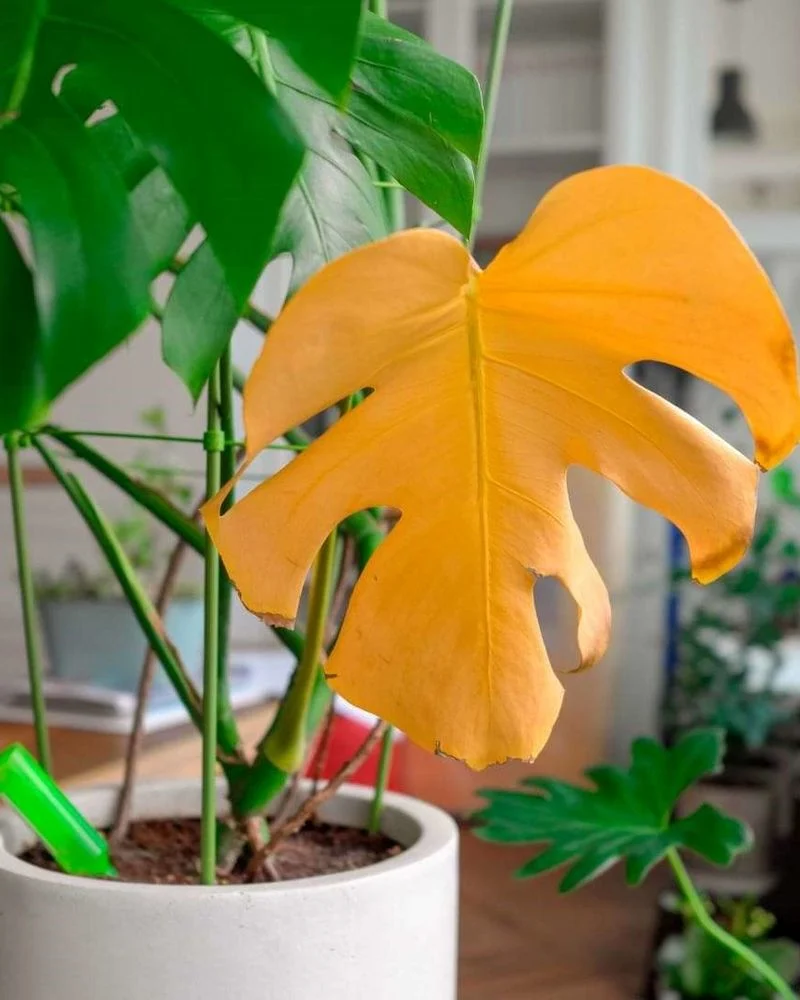
Yellowing foliage can indicate nutrient deficiencies or improper soil pH. This condition may arise from a lack of essential nutrients like nitrogen or overuse of fertilizers, which can harm roots. Conducting a soil test is a practical step to understanding the nutrient levels and pH balance. This yellow warning may also suggest poor drainage or root damage. Regularly checking the garden’s soil quality and adjusting fertilization can maintain lush greenery. A balanced approach to plant nutrition and soil management ensures healthy foliage.
Stunted Growth
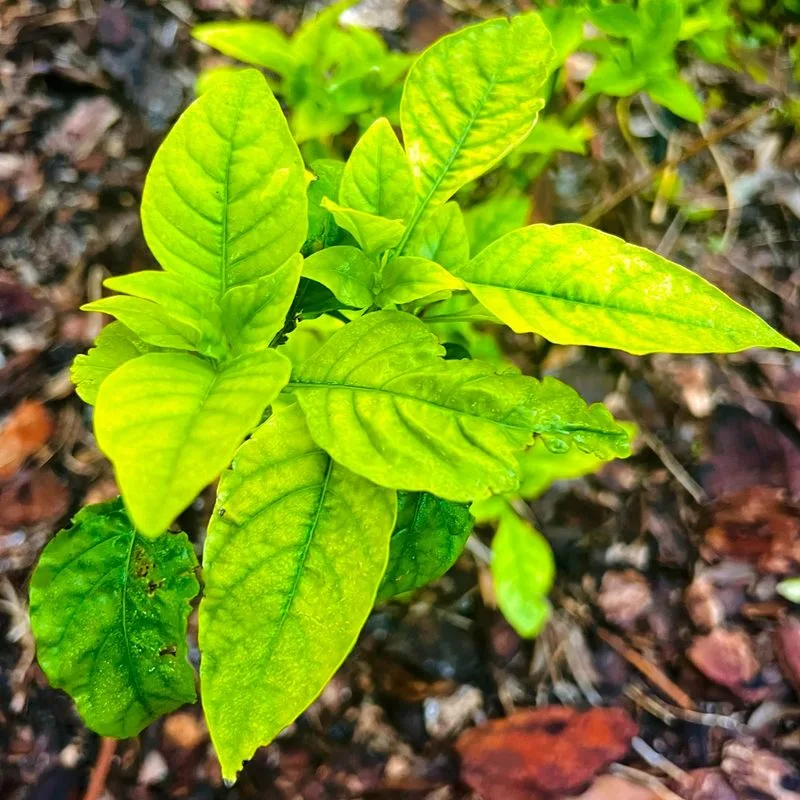
Noticing that your plants aren’t reaching their full potential? Stunted growth could be the garden’s way of hinting at root-bound issues or inadequate nutrient levels. Compact roots in containers or poor soil quality can restrict plant development. It’s crucial to check for tight roots and consider repotting or enhancing soil with organic matter. Addressing these aspects can promote better growth. Environmental factors like insufficient sunlight or pests might also contribute. Careful monitoring and timely intervention can lead to thriving, robust plants.
Pest Infestation
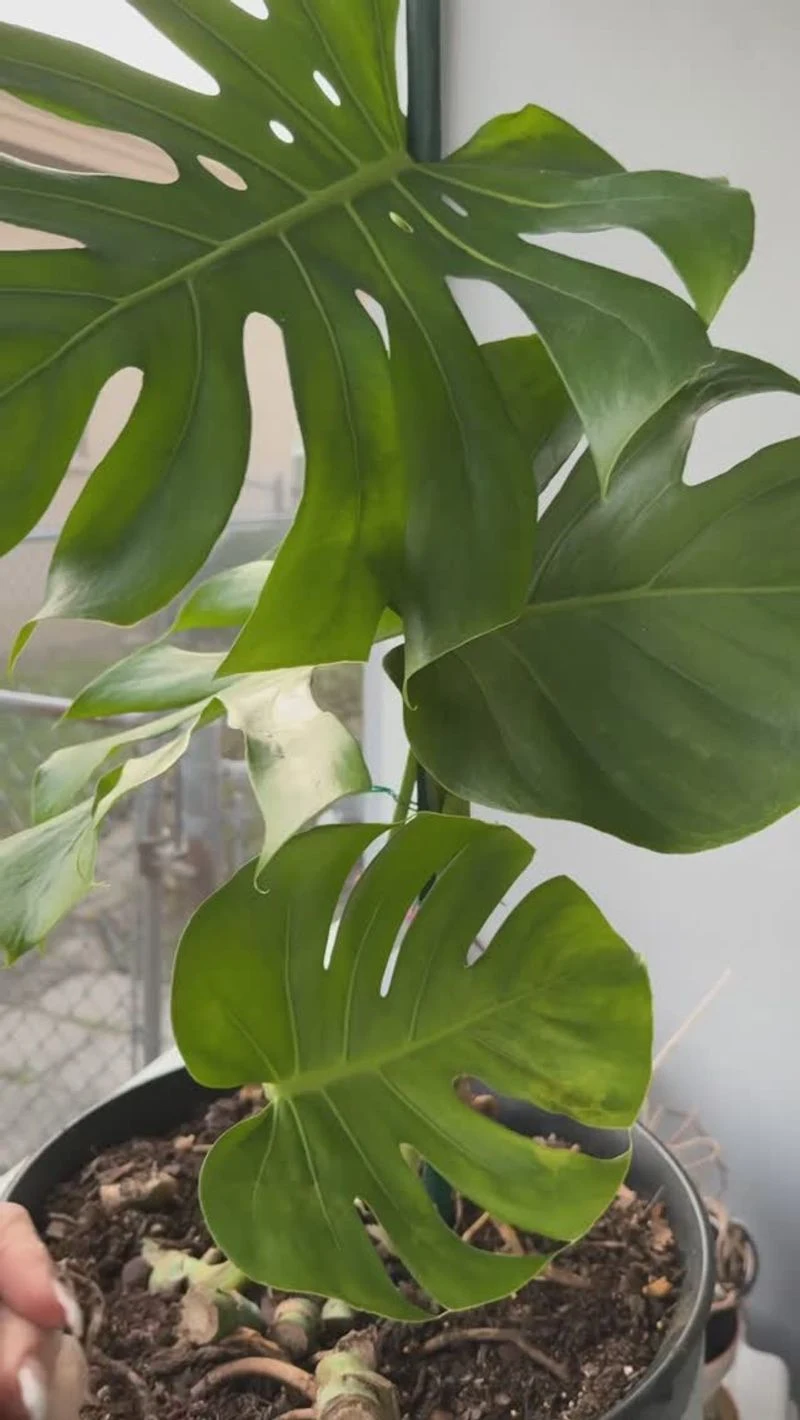
A sudden increase in pest activity is a sign your garden might be signaling distress. It could indicate weakened plants, making them more susceptible. Regular inspection of leaves and stems is essential to catch early signs of infestation. Natural predators or organic treatments can help control pest populations. Ensuring plants receive adequate nutrients and are not stressed by environmental factors can lessen their vulnerability. Managing pests early and maintaining garden health is crucial for vibrant growth and productivity.
Fungal Growth
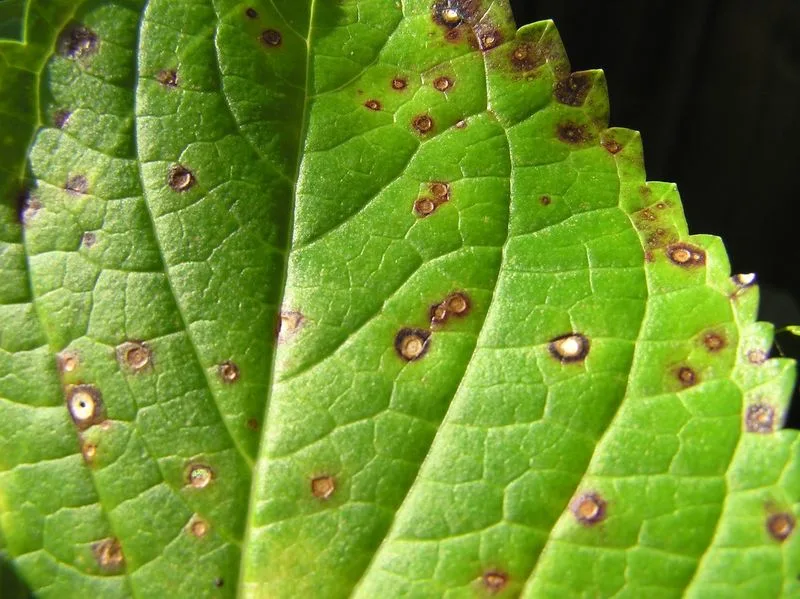
Spotting fungi sprouting in your garden can be an unsettling sight. While some fungi are harmless, their presence often points to overly damp conditions. Mushrooms can indicate decaying organic matter or poor drainage. It’s vital to investigate the underlying reasons for excessive moisture. Improving drainage and air circulation can deter fungal growth. Balancing moisture levels and ensuring adequate sunlight penetration keeps fungi at bay. Observing changes in soil and plant conditions helps manage fungal issues effectively, promoting garden health.
Drooping Flowers
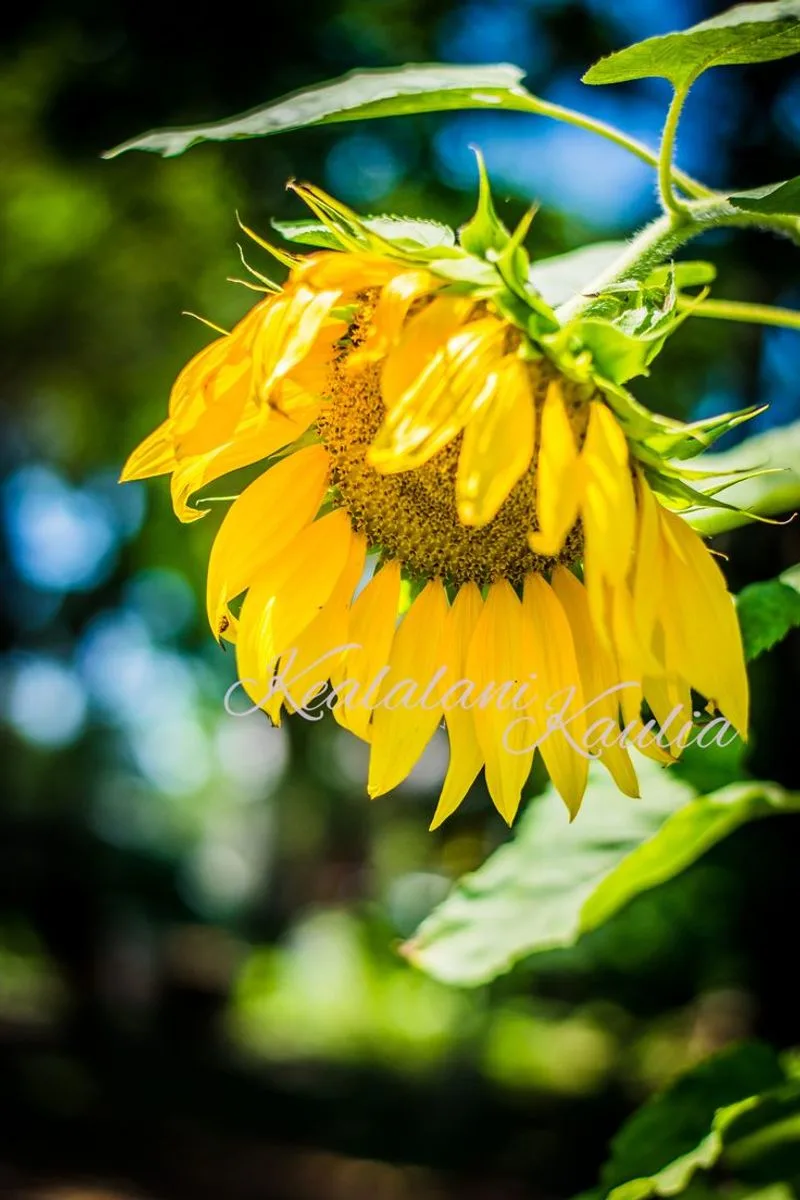
Drooping flowers can signal a variety of issues, from hydration problems to nutrient imbalances. These flowers may be indicating that they need more consistent care. Checking the root zone for moisture and ensuring balanced fertilization can revive them. Weather changes, such as wind or extreme temperatures, might also affect blossoms. Providing support stakes or moving pots to sheltered areas can help. Regular maintenance and observation adjust care routines to suit the garden’s needs. Responding to these signs can keep flowers vibrant and healthy.
Unusual Plant Coloration
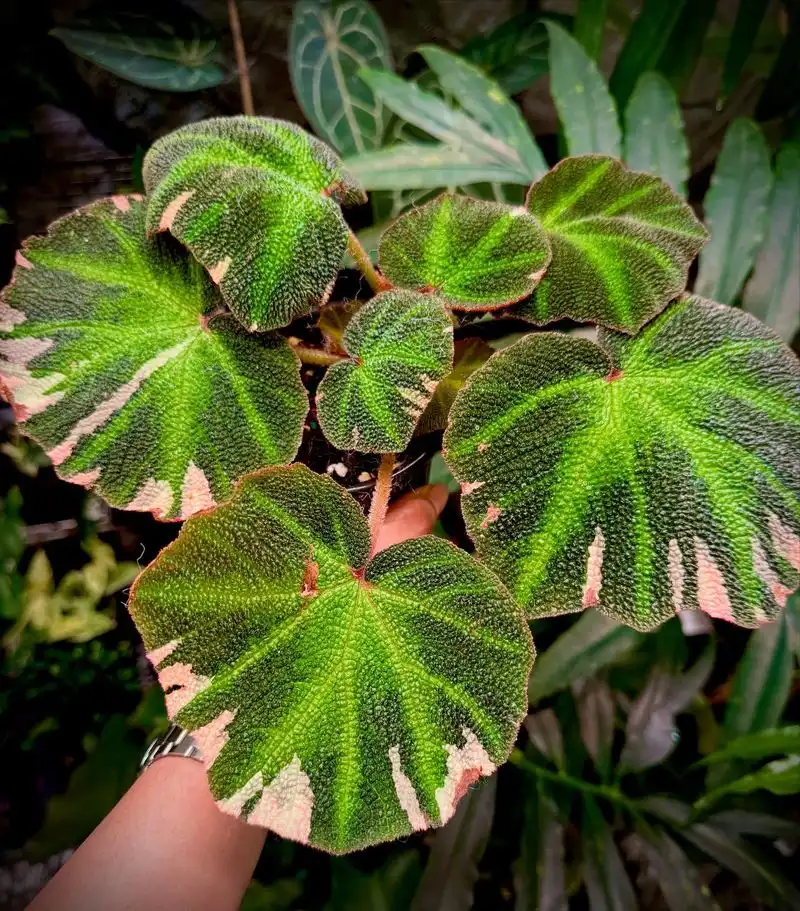
Unusual plant coloration can be a fascinating yet concerning sight. It often hints at underlying issues like viral infections or genetic mutations. This discoloration might manifest as odd patterns or unexpected hues. Investigating new growth patterns and using disease-resistant varieties can mitigate risks. Proper plant spacing ensures air circulation, reducing disease spread. Keeping the garden clean from debris also prevents pathogen development. Paying attention to these signs allows for timely action, helping maintain a vibrant, disease-free garden.
Soil Crusting
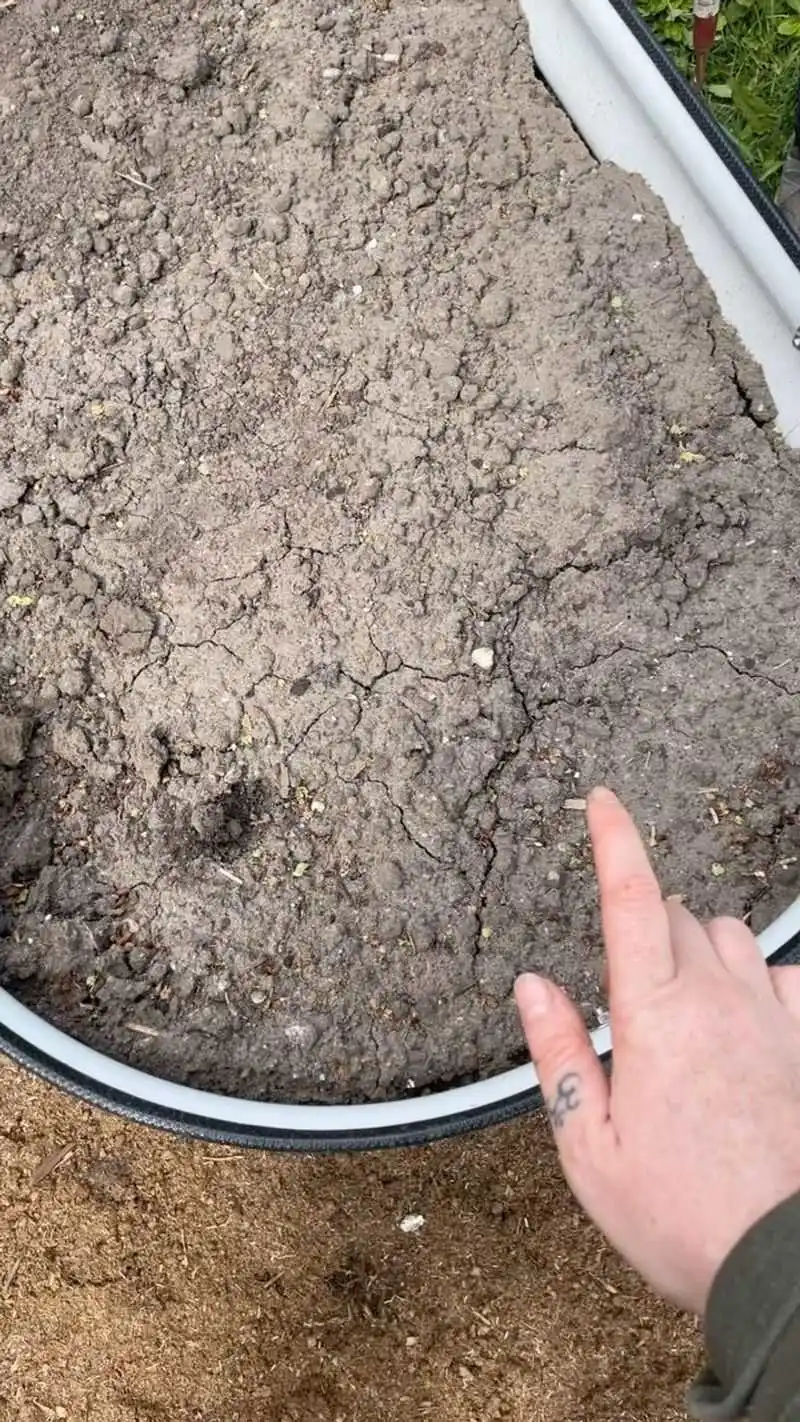
Soil crusting can impede water infiltration and seed emergence. It’s often an indicator that the garden needs attention. Factors like compaction or lack of organic matter contribute to this issue. Regularly turning the soil and adding compost can improve texture and health. Avoiding excessive foot traffic over garden beds prevents further compaction. Maintaining soil health through these practices supports plant vitality. Recognizing and addressing soil crusting ensures that your garden’s ecosystem remains balanced and thriving.

